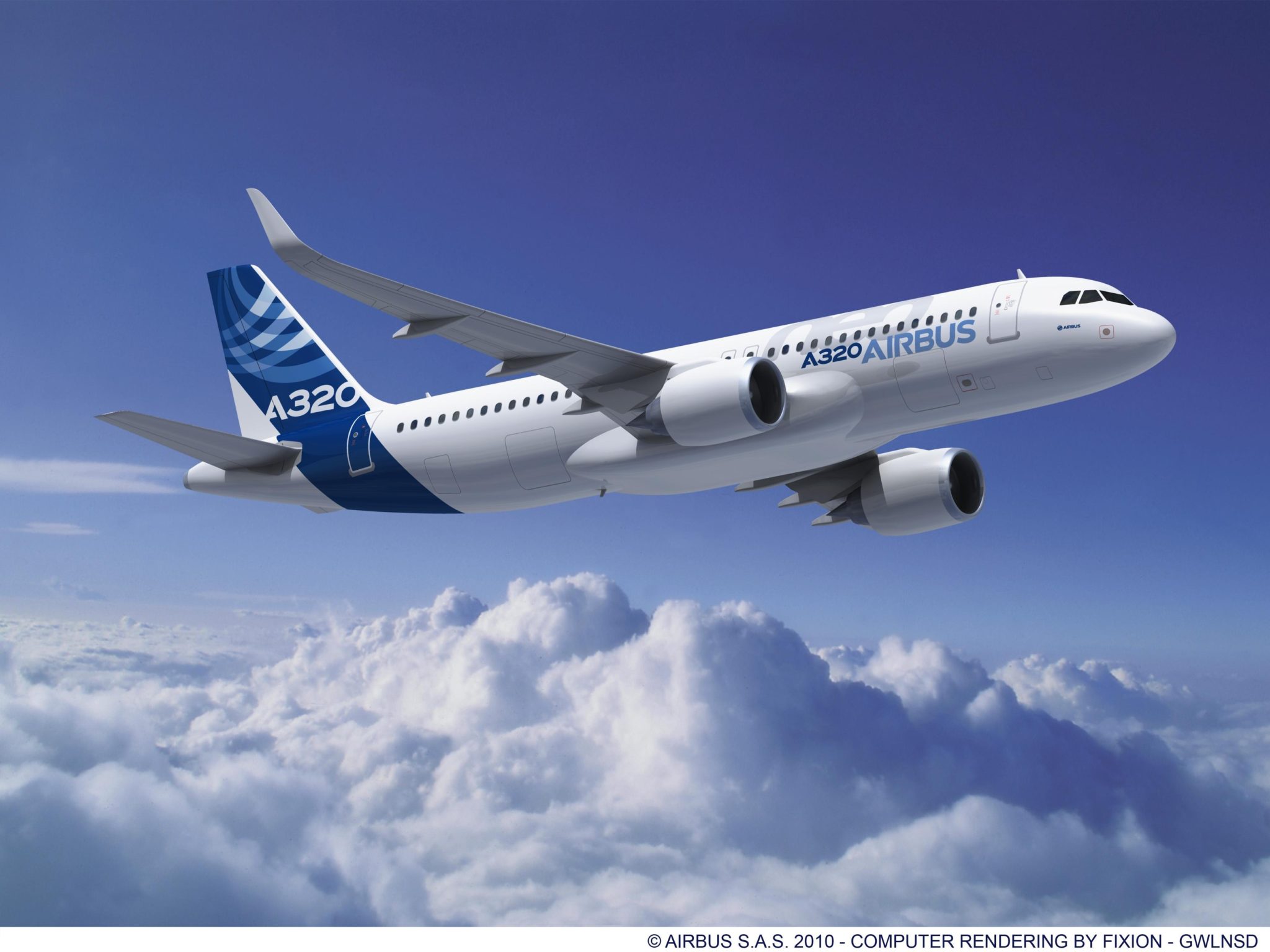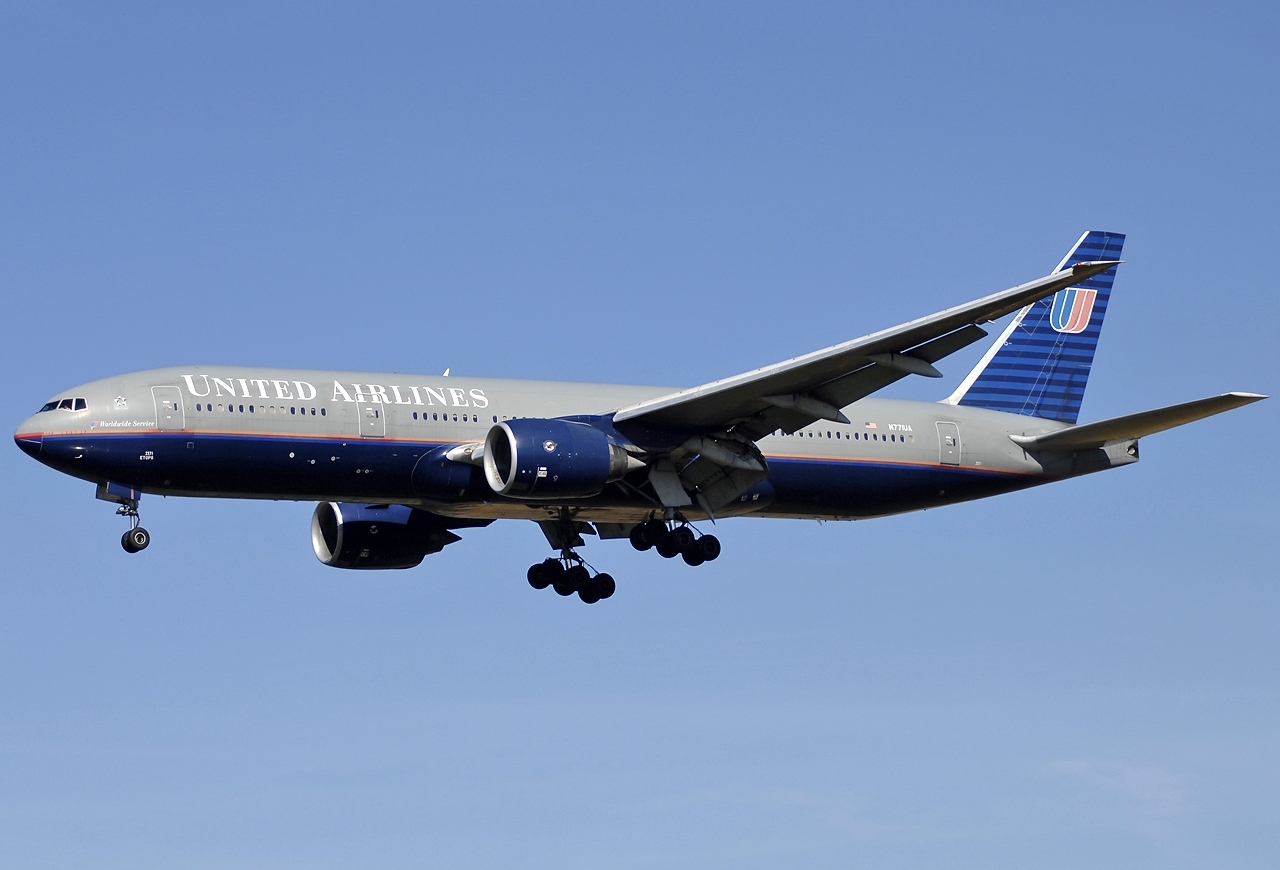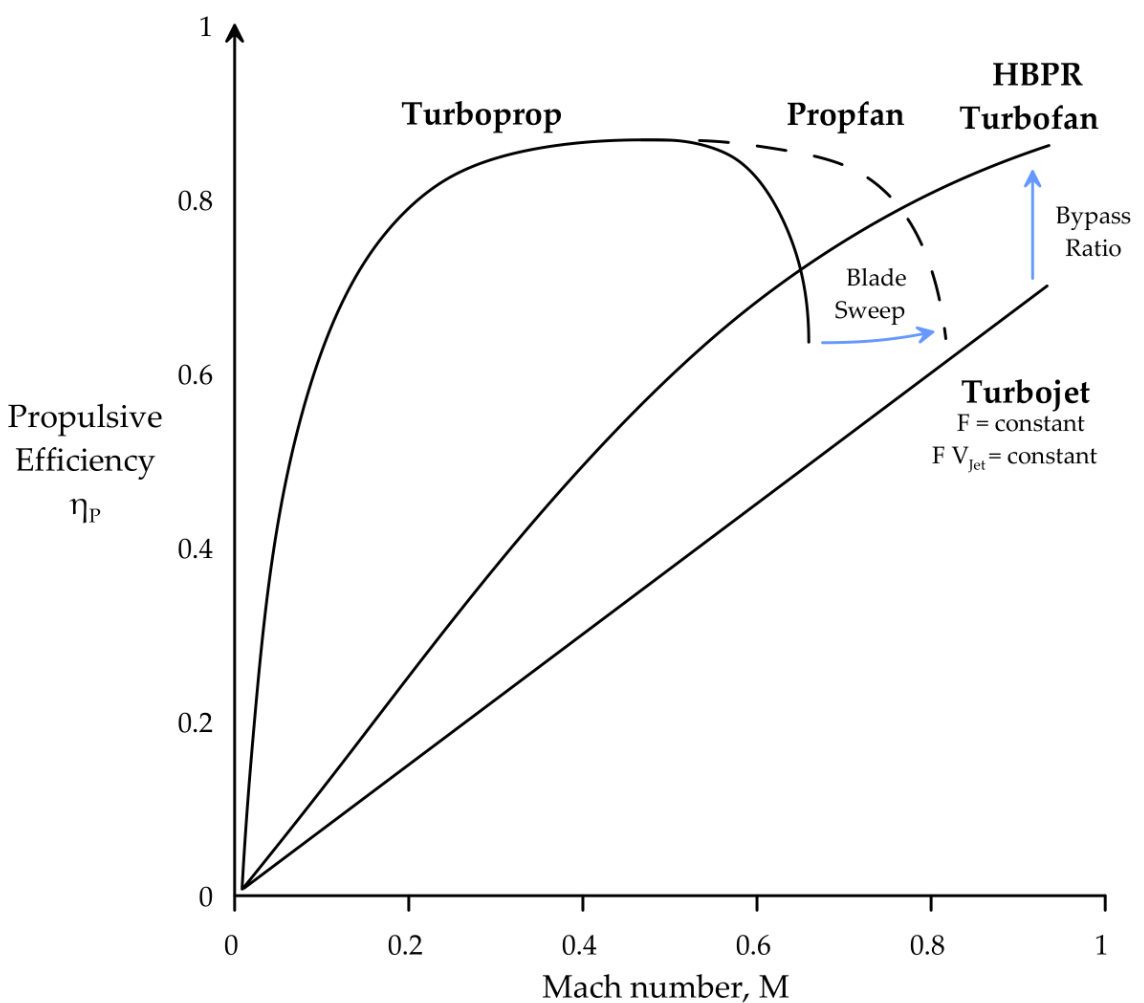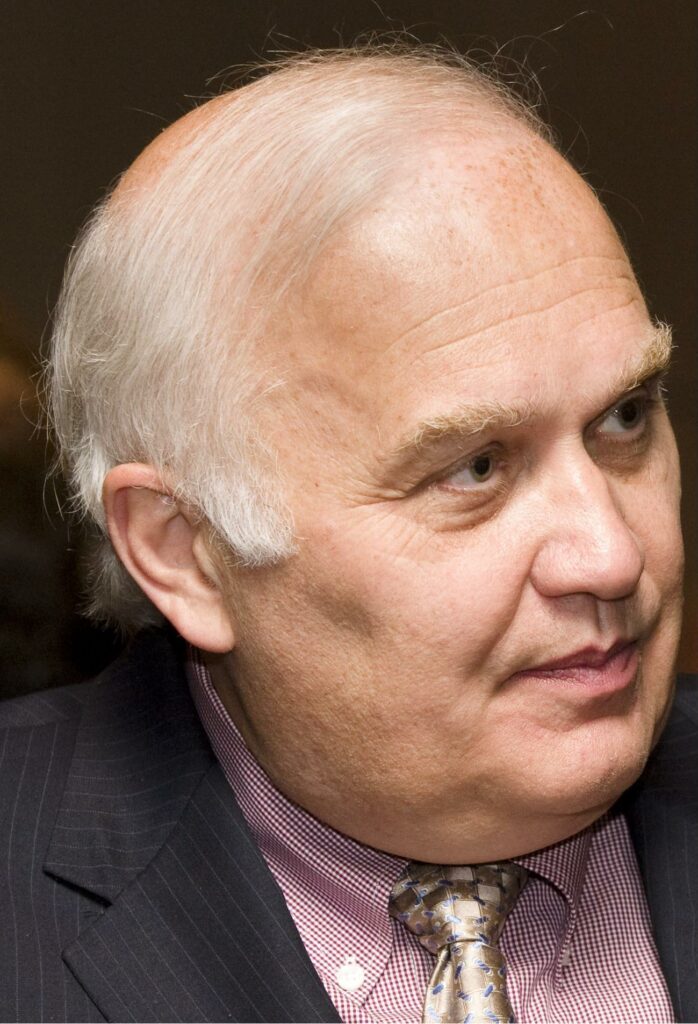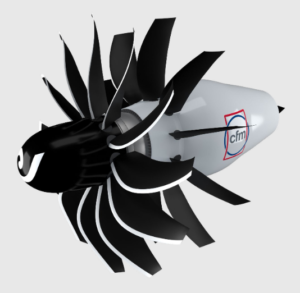Leeham News and Analysis
There's more to real news than a news release.
UPDATE: Calhoun upbeat on cash flow despite fifth consecutive quarterly loss
By Bryan Corliss
Oct. 26, 2022, (c) Leeham News: The Boeing Co. posted a loss from operations of nearly $2.8 billion for the third quarter, citing losses on fixed-price defense development programs that offset an overall 4% growth in revenues.
 The consensus of Wall Street analysts earlier this week was that Boeing would announce profits of 13 cents a share and would break a streak of four consecutive losing quarters. Instead, Boeing posted a loss of $5.49 a share.
The consensus of Wall Street analysts earlier this week was that Boeing would announce profits of 13 cents a share and would break a streak of four consecutive losing quarters. Instead, Boeing posted a loss of $5.49 a share.
However, in a conference call with stock analysts later in the morning, Calhoun was upbeat, emphasizing Boeing’s positive operating cash flow of nearly $3.2 billion for the quarter.
“This quarter was a big one for us,” he said. “We hit a marker … to generate positive cash flow.”
Boeing booked losses of roughly $1.95 billion on two defense programs, CFO Brian West said: KC-46 tankers and new Air Force One presidential transports. Both are fixed-price contracts for commercial jet conversions that forced Boeing to eat any cost overruns.
“We aren’t embarrassed by them,” Calhoun said. “They are what they are.”
But in an interview with CNBC’s Phillip LeBeau Wednesday, Calhoun said Boeing will not do fixed-price defense contracts in the future. “That is not our intent.”
Summary:
- BCA: 737 and 787 deliveries resume; engines in short supply
BDS: ‘Labor instability’ hurts key programs
Calhoun: Boeing ‘supports China’ but is re-marketing planes
Read more
Engine Development. Part 9. Gearbox or not?
Subscription Required
By Bjorn Fehrm
Introduction
October 13, 2022, © Leeham News: In our series, we look at the development of the latest single-aisle engines. Should these be geared? What do you gain and risk with a geared design? Is this a new development, or has it been around for a long time?
We examine the development of single-aisle engines since 2000, their fuel efficiency, and operational reliability.
Summary
- A geared design fixes some fundamental problems in a two-shaft turbofan.
- CFM proves you could just as well further develop what you have.
Engine Development. Part 7. Engine reliability changes the aircraft market
Subscription Required
By Bjorn Fehrm
Introduction
September 29, 2022, © Leeham News: The 1970s saw the introduction of the High Bypass engine for the medium/long range Boeing 747, Douglas DC-10, and Lockheed Tristar, with Airbus A300 employing an updated variant of the DC-10 engine for medium range missions.
In the following decades, these engines introduced improved technology and matured into new levels of reliability. With the increase in reliability came changes in how long-range aircraft were designed.
Summary
- The engine development after the introduction of the high bypass turbofans in the 1970s focused on reliability and higher efficiency rather than new design principles.
- The change in reliability made the two-engined long-range aircraft the winner over three and four-engine aircraft.
Bjorn’s Corner: Sustainable Air Transport. Part 16. Thrust generation
April 22, 2022, ©. Leeham News: Last week, we examined propulsion system alternatives and their principal advantages and disadvantages. Now we go deeper into these alternatives.
All propulsion systems for aircraft use a propulsion device like a propeller or a fan to generate forward thrust. We use this article to understand how these work and their characteristics before we go into how we create the shaft power to drive them.
Forecast 2022: Airbus
Subscription Required
By Bjorn Fehrm
Introduction
January 3, 2022, © Leeham News: When the COVID-19 Pandemic started, it was tough to predict its impact on world air travel and how long the downturn would last.
 The aircraft OEMs are at the top of a supplier pyramid of hundreds of companies and millions of parts. The prediction of airliner output at the end of this chain is critical for all, but most for suppliers. The suppliers have strained their liquidity to expand the production at the demand of the OEM.
The aircraft OEMs are at the top of a supplier pyramid of hundreds of companies and millions of parts. The prediction of airliner output at the end of this chain is critical for all, but most for suppliers. The suppliers have strained their liquidity to expand the production at the demand of the OEM.
A downturn in deliveries means less money, which forces sensitive suppliers into a liquidity crisis. Brake moderately, and the suppliers can handle it. Brake hard, and they can’t, or brake a bit and then harder, and it’s as bad.
Airbus managed the reductions well, and with an intact supplier chain, 2022 will be about how hard to step on the throttle as the Pandemic isn’t done yet.
Summary
- With a competitive product range and an intact supplier base, 2021 is about the correct level of increase in deliveries, with the Pandemic a bigger worry than the main competition.
- With Airbus’ in perhaps its relative strongest position ever, how much this shifts the market is more a supply issue than anything else.
Engine OEMs pushing ahead for next airplane, even as Boeing pauses
Subscription Required
By Scott Hamilton
Nov. 1, 2021, © Leeham News: David Calhoun may not be anywhere near ready to launch the Next Boeing Airplane (NBA), but the engine makers are actively researching and developing engines to hang of whatever that NBA will be.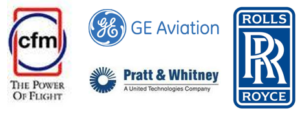
Calhoun, the CEO of Boeing, repeatedly said the NBA will be more about reducing production costs through advanced design and production methods. For some time, Calhoun said the next engines available on the assumed timeline—to about 2030—will have only 10% better economics than today’s engines.
And 10% isn’t enough for the airlines or the commensurate reduction in emissions.
CFM/GE Aviation/Safran are developing an “open fan” engine that will reduce fuel burn and emissions by 20%. A target date for entry into service is in the 2030 decade. The open fan builds on R&D of open rotors that have been underway since the era of the Boeing 727 and McDonnell Douglas MD-80.
Pratt & Whitney sees an evolution of its Geared Turbofan engine. The GTF was under development for 20 years before an operating engine made it onto the Bombardier C Series (now the Airbus 220), the Airbus A320, and United Aircraft MC-21. The GTF also was selected for the Mitsubishi MRJ90, which launched the GTF program. However, Mitsubishi pulled the plug on the MRJ/SpaceJet program last year. PW remains committed to the GTF for future engines.
Rolls-Royce is developing the Ultra Fan and Advanced engines. GE’s Open Fan and RR’s engines adopt geared turbofan technology pioneered by PW but add new technology.
LNA takes a look at the new engines for the NBA or any other competing airplane in a series of articles.
CFM announces the RISE engine program
June 14, 2021, © Leeham News: GE and SAFRAN took to the stage today to announce the extension of their CFM joint venture to 2050 and the CFM technology program RISE.
RISE stands for Revolutionary Innovation for Sustainable Engines, and it elevates previous work to new levels and introduces some news.


